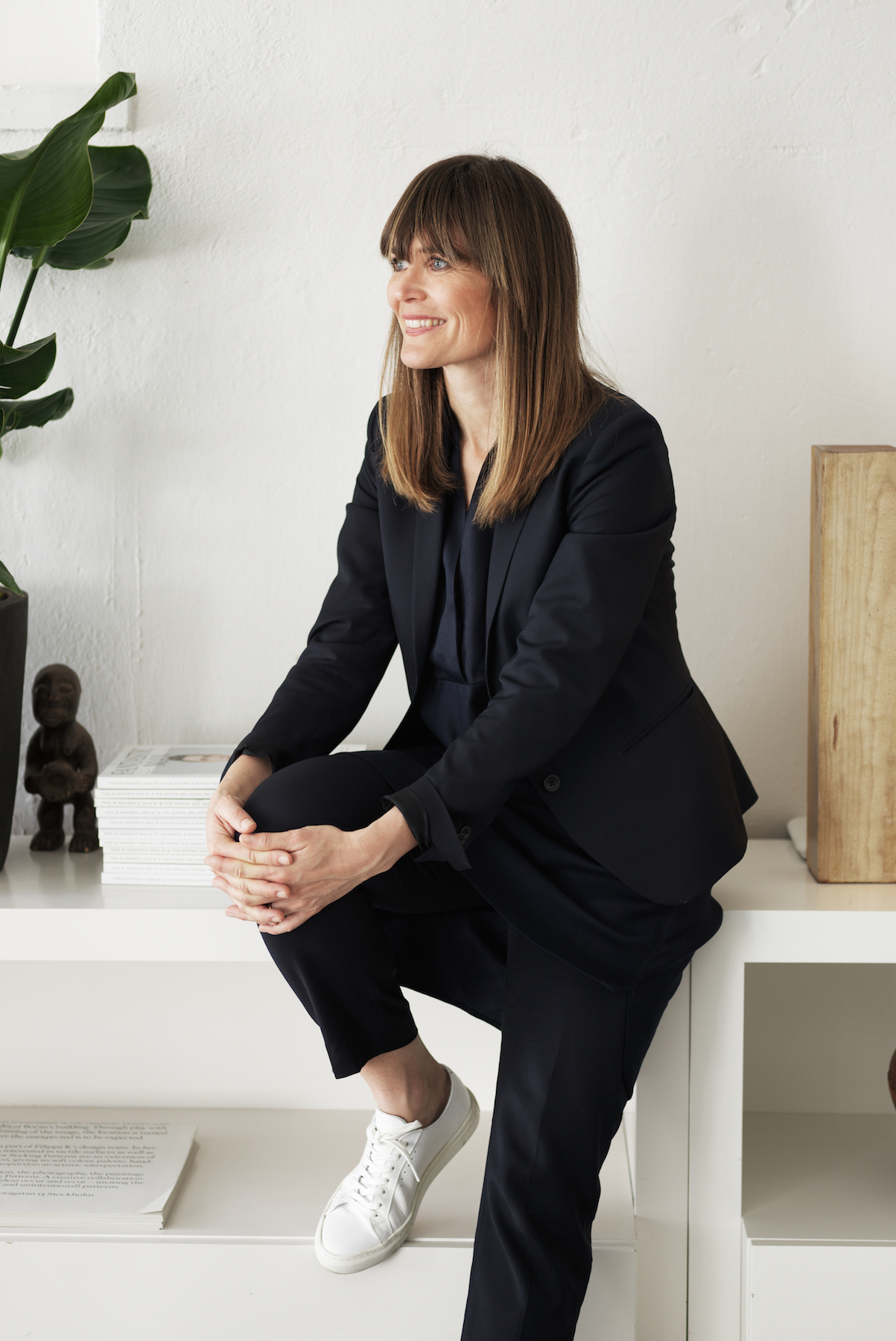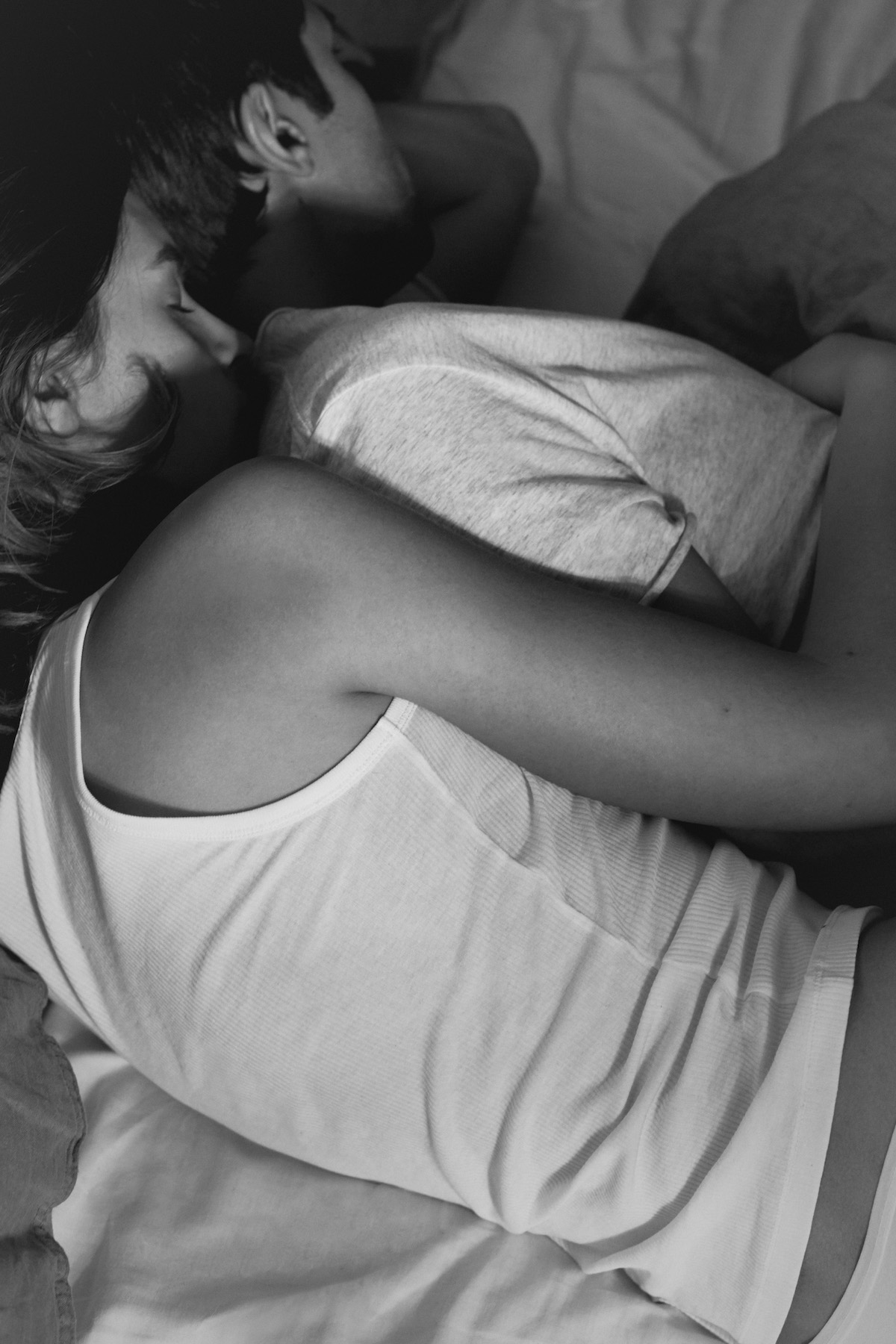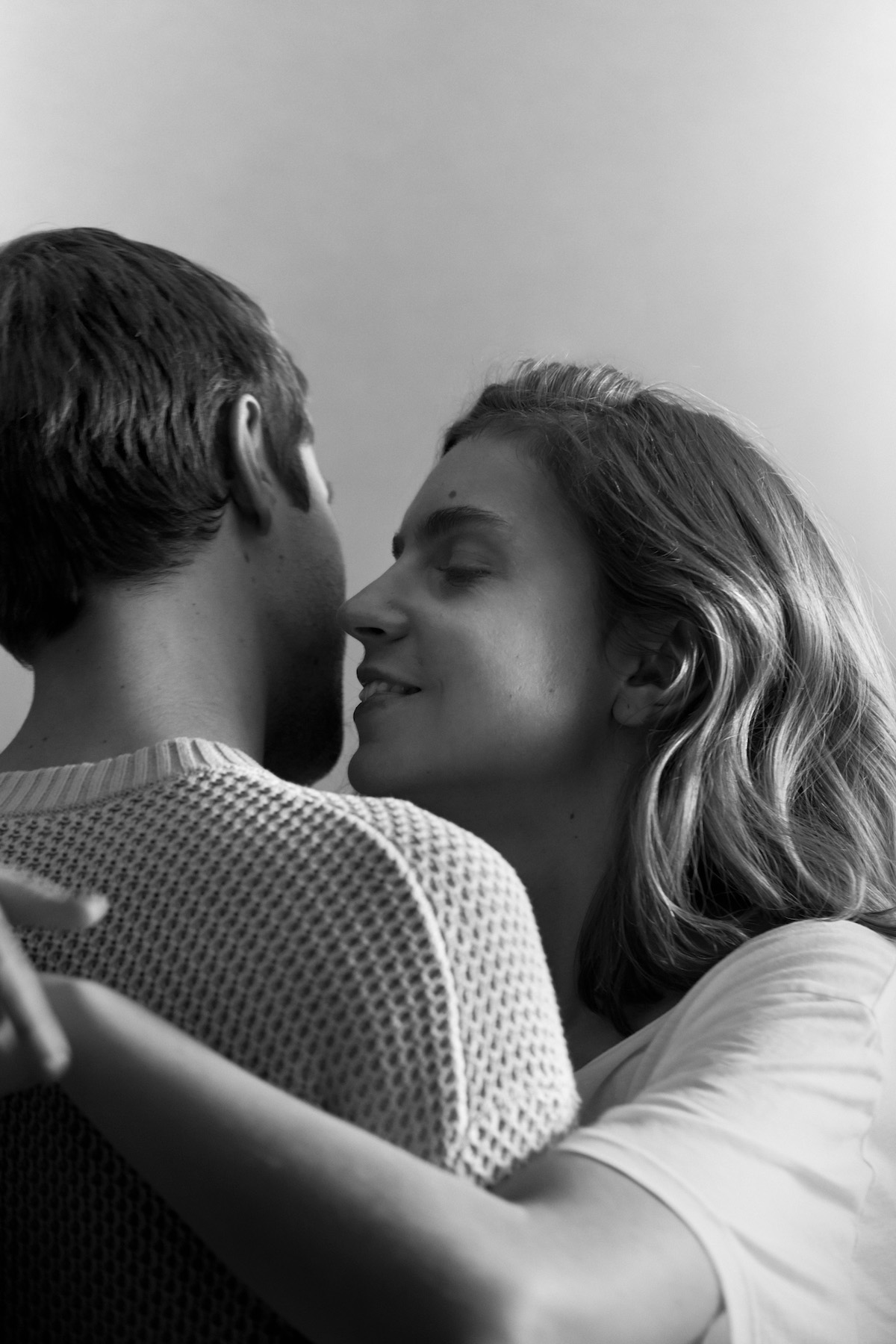Recycled Romance: An Interview with Filippa K's Elin Larsson
Culture — 12.06.18
Words by Desislava Todorova
Images courtesy of Filippa K’s ‘Simply Slip Into’ Campaign

Filippa K’s transformative aesthetics which debuted in the fashion market 25 years ago has stayed loyal to its customers despite the economic turbulence and digital media revolution. Minimalist, yet effortlessly feminine and strong, the company has made sustainability one of its primary focuses. We spoke with Elin Larsson who is Filippa K’s Sustainability Director about what her position means not only in the brand’s hierarchy but also – on the global fashion scale.

Desislava Todorova: What is your personal story with Filippa K? When did you join the brand and what drives you still?
Elin Larsson: I had just got back from a one year stay in the US when I met Maj-La Pizzelli, who was working at Filippa K back then, at a Christmas Party. The day after, she asked me if I wanted to join the company, they were looking for a receptionist and office assistant. I planned to study computer programming, but I could not resist the tempting offer. Filippa K had just started to grow and become a hype in Sweden, so I decided to postpone the studies for a year or two. It turned out to be a much longer pause since I am still with the company 22 years later with a bag full of fantastic experiences, learnings and insights. I have been working within most areas of the company, from Sales Coordinator, Project Leader, Computer Programmer, IT Manager, Sales Support Manager, Logistic Manager to Supply Chain Director – shifting roles every three years or so until I ended up as Sustainability Director, a position I have had for the longest time, 7 years now. I usually say that it has been a long and windy road to get here (because working with sustainability is my mission and my passion), but I am so thankful for the journey since it has given me insights of the whole company. It has also given me an understanding of both the challenges and opportunities within all parts of the business. My personal drive is to create a change for the better, to find solutions on how to run a fair and successful business within the planetary boundaries. I find the greatest satisfaction when working together with competent, creative and brave people that are experts within their field and together with them find new solutions and expand the business.
What are the brand’s sustainability ethos and its place in the market?
Our philosophy has always been to make clothes that can last a long time, both in quality and style. For many years, we’ve worked on increasing the number of sustainable fibres and decreasing our negative impact on production, as well as other social issues involved. We were doing well, but it came to a point when we realised that wasn’t enough! So in 2011, we decided on five sustainability commitments that we are aiming to achieve by 2030. It is highly ambitious, but it is the right direction for the whole business. In 2014, we developed a strategy to help us reach our commitments called Circular Fashion. It is our internal framework focusing on the circular economy, guiding us away from the linear models towards circular ones, like nature’s own ecosystem. It includes everything we do within our business; from how we design, develop and produce our clothes to changing our business models and making sure our clothes get the long life they are meant to have.
Through Circular Fashion we are devoted to the four R’s: Reduce, Repair, Reuse and Recycle
Reduce: With an honest devotion to circular fashion as a starting point, we strive to create products with a minimal negative impact that can be part of a closed-loop system.
Repair: We create clothes that last for a long time and take pride in making sure they do. We try to do that by helping our users to care for their garment through our Care concept.
Reuse: We want all our clothes to get a chance to a second, third or fourth life through our Collect concept, Secondhand and our Lease concept.
Recycle: We want to make sure that when the clothes are worn out, we can recycle them into new textile fibres again.

What is your strategy in a challenging world of retail and the competitive market?
We believe in being true to our brand DNA and values – creating products that are simple, beautiful and long-lasting. We also believe in adapting to suit our customers wants and needs. Today that means striving to be digital first, increasing our communication pace to inspire and engage with our customers more often across many different channels.
What are Filippa K’s future plans?
We have a digital focus to help us grow and reach more customer – people who appreciate great design, fit and quality. On our journey, we are also exploring what the future of physical retail space will be, what role the stores have in the future. We are continuing to see an increase in value based consumption, meaning more and more customers choose to buy from brands that are in-line with their own values. That is why transparency plays a vital role in our future strategy. We are also exploring new collection structures, trying to break free from the traditional seasonal setup.
With a generation of shoppers who are quickly moving on from one trend to another, how does Filippa K stay on top of their competitors?
We offer a style rather than a trend. Trends come and go, while style is something that lasts.
What’s next for the brand in terms of a sustainable approach?
We will keep going on our journey towards sustainability and circular models. We will continue to grow and expand the existing programs. We will also push ourselves even more regarding transparency for our customers – creating new sustainable products, offers, and services.
You can stay up-to-date with Filippa K’s sustainability efforts by checking their website and social channels.